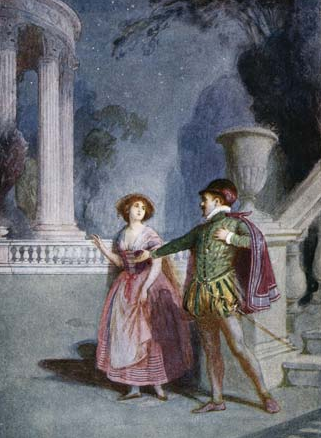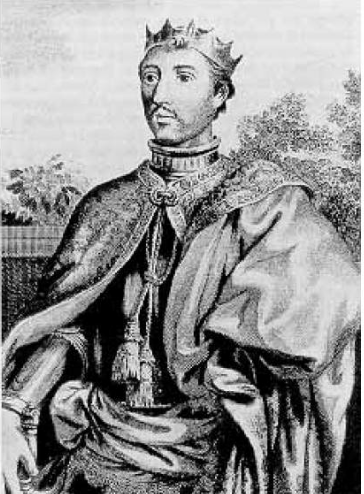Legend of NO8DO
Maybe you’ve seen this sign many times in Seville, on the street, on a flag or whatever… Well this is the official motto of the coat of arms of Seville. The legend said that this is a rebus combining the Spanish syllables (NO and DO) and a drawing of the figure 8 in between. The 8 is supposed to represent the skein of a yarn which is called “madeja” in Spanish. When you read this aloud “No madeja do” it sounds like “No me ha dejado)” which means It (the city of Seville) has not abandoned me”. It is believed to represent to fidelity of the inhabitants of Seville which was proven when Sancho IV of Castile tried to usurp the throne from his father but the people remained loyal to the king.

Legend of Don Juan:
The Barrio Santa Cruz (former Jewish neighbourhood), and more precisely Plaza de los venerabes is belived to have been the birthplace of Don juan Tenorio. He is the fictional ladies man whose story has been told many times by many authors. The first book he appeared in was called El burlador de Sevilla (the trickser of Seville), 1620.
As you probably know already, Don Juan is a womenizer who enjoys seducing women (mainly virgins) and fighting their men. One day, in a graveyard, Don Juan encounters a statue of Don Gonzalo, the dead father of a girl he had seduced, Doña Ana de Ulloa. He invites the father to dine with him and the statue gladly accepts. The father’s ghost arrives for dinner at Don Juan’s house and in turn invites Don Juan to dine with him in the graveyard. Don Juan accepts and goes to the father’s grave, where the statue asks to shake Don Juan’s hand. When he extended his arm, the statue grabs hold and drags him away to hell.
Now, in Plaza de los Refinadores, you can admire a graceful sculpture of Don Juan.

Legend of Don Pedro el cruel:
King Pedro (called the Cruel) was the ling of Castile and León from 1350 to 1369. In Seville there is a street called Calle del Rey Don Pedro and here is why…
The legend says that one night the king was walking the streets of Seville, alone and incognito, either in pursuit of an “affair of the heat”, or to see if no crime committed in the city’s streets went unpished as claimed the mayor Domingo Cerón. During so, he had an altercation with a stranger, swords were drawn and the king (Peter) killed the man. During the fight, an old woman aroused by the noise, came to her window and by the light of a candle, saw the men fighting and the striking of the fatal blow. As Peter fled the scene she dropped the candle in fright into the scene below. The next morning, word came to the king’s ears that a nobleman of the house of Guzman, who supported the claim to the throne of Peter’s bastard half-brother Henry, had been assassinated and that a witness to the crime, the old woman, had been found. When the king questioned her, he realised from her description that he himself was the assassin. Having already promised that the killer would be found and his head hung upon the wall, the king was in a quandary. Nevertheless, shortly afterwars, the king presented a box, which he said contained the head of the murderer, to be hung on the wall where the killing occurred. When Peter died, the box was opened and was found to contain a plaster bust of his head. The street was renamed “Cabeza del Rey Don Pedro” as a reminded of his duplicity, and the adjoining street became “Candilejo” (candle) for the light that had revealed him to old woman.

Legend of Susana:
This explains the name of Calle Susona. To explain it briefly this is the story of a Jewish girl who falls in love with a Christian knight but her father plans to kill all of the Christians….
To learn more about this legend, join our tour! This is one of our favourite legend and of course you’ll learn many more.

The Opera Carmen:
The famous story of Carmen was born in Seville. Carmen was a girl who lived on Betis street (Triana district) and worked in the Tobacco factory. She was in love with a Sergeant named Joseph. One day the Sergeant arrested people during a neighbourhood brawl but let escape Carmen, except that this is punished by degradation. So Carmen becomes aware that it’s her fault if he lost the gallons but she encourages him to rebel. But then she falls in love with another man, a bullfighter and Joseph grows jealous of it and kills her out of madness.